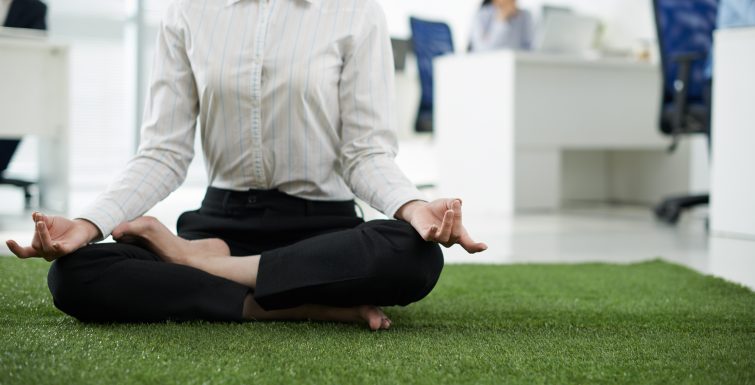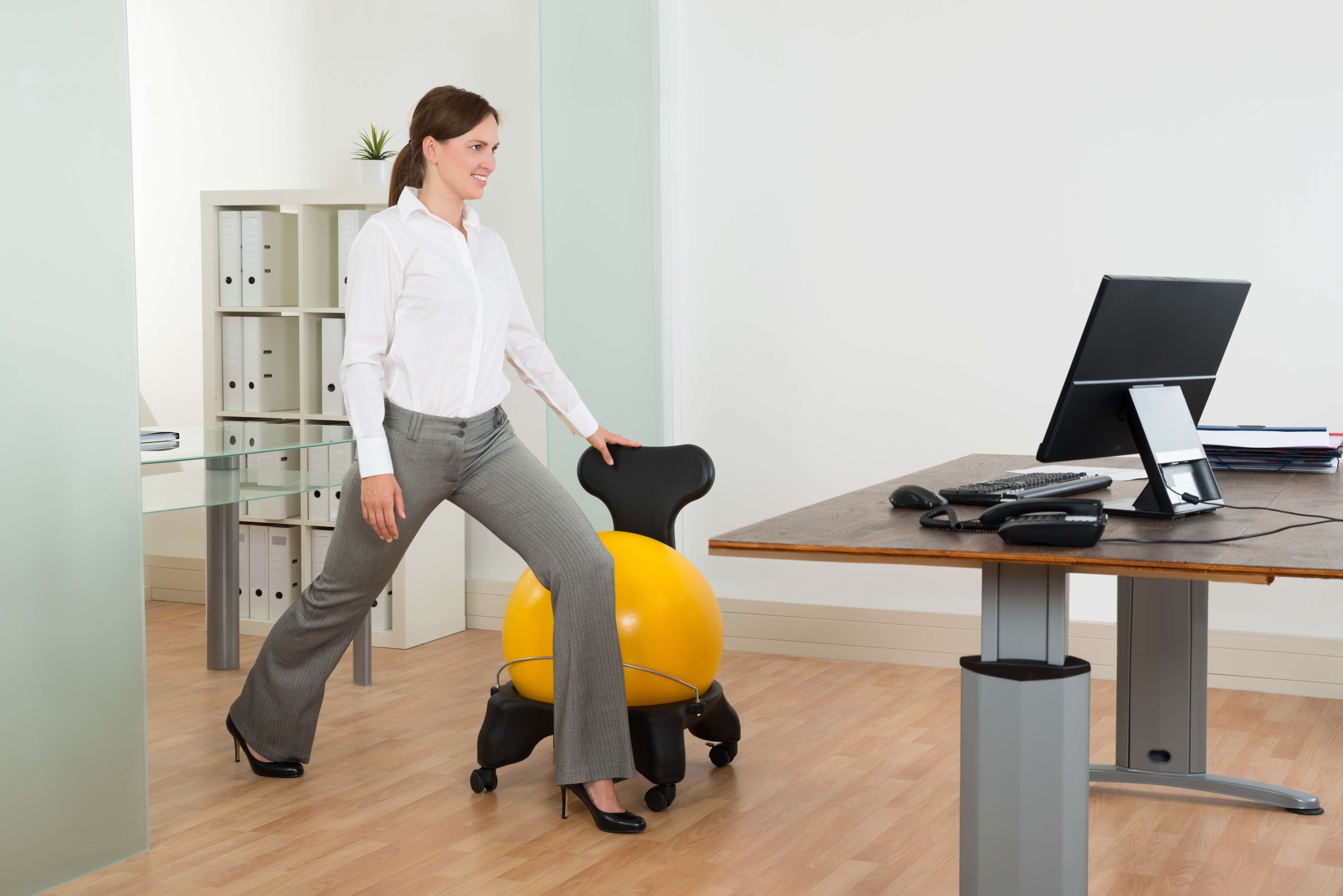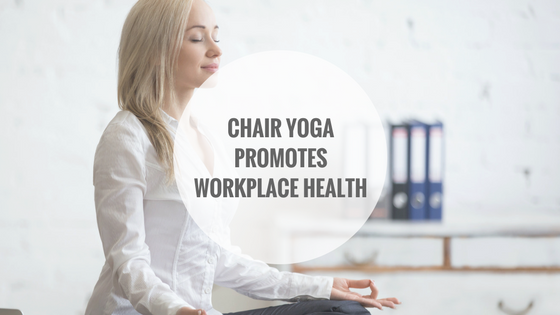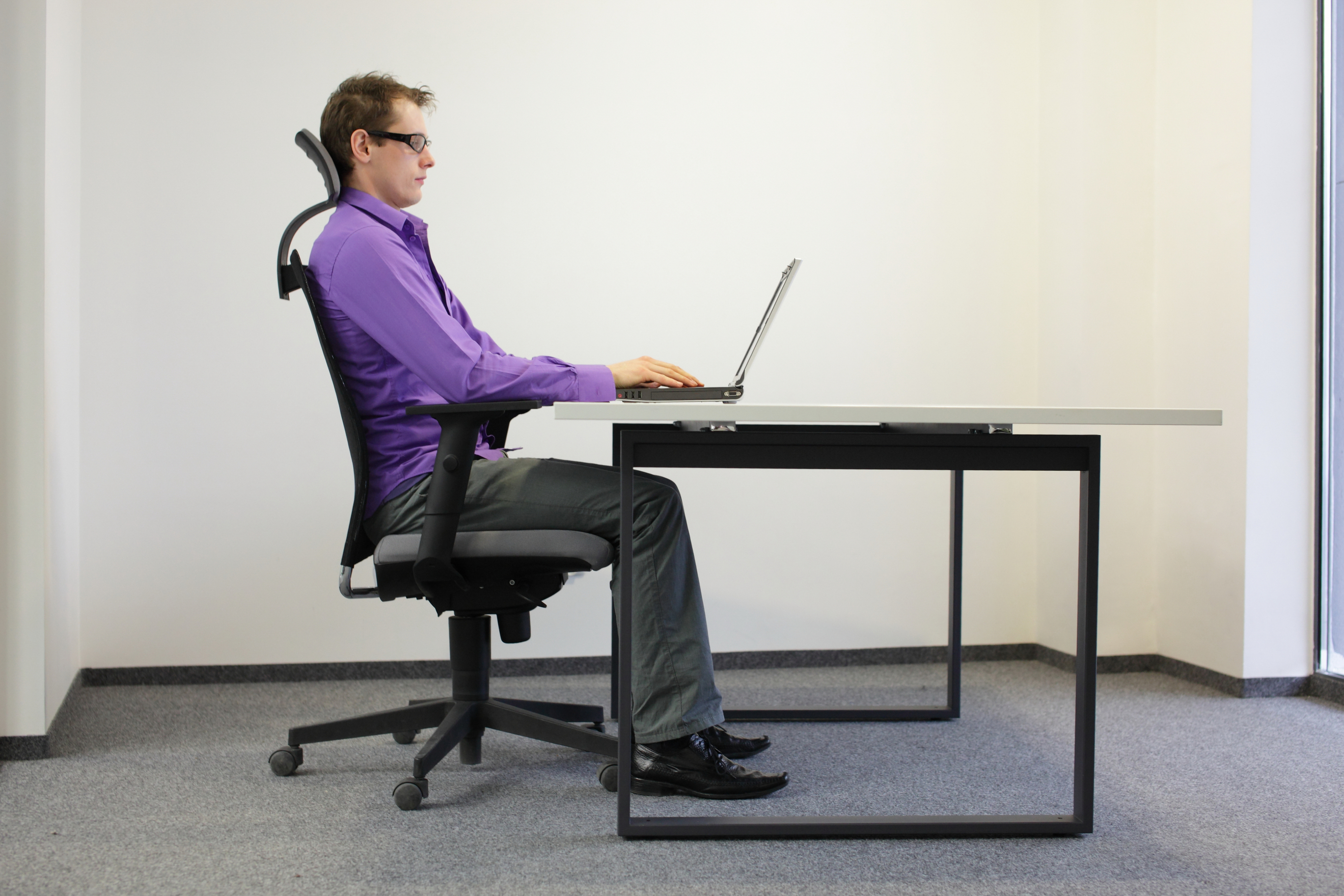Guest Blogger Jessica VandenBussche, Occupational Therapist
Each year, 1 of every 46 Canadians has a workplace injury that causes them to miss at least one full day of work. This translates to approximately $19B of costs to the Canadian economy; $43 000 per claim in Ontario. Both companies and the injured workers suffer losses in earnings and productivity, in addition to emotional or other indirect costs. Prevention is the number one goal to address workplace injury. It is also important to know what options exist for those who experience illness or injury at work.
Other blogs in the “Workplace Wednesday” series discuss how an Occupational Therapy can be useful in the return to work process. However, the goal of this article is to provide basic information on how to navigate the various systems involved in providing resources for the injured worker. This is important because the length of disability can be prolonged, and the worker needs to be able to manage in the meantime. Even though resources are available to injured/sick workers, many people have difficulty accessing these because they often do not know what is available, who to contact, or how to do the required paperwork.
One of the primary resources for workplace injuries is the Workplace Safety and Insurance Board (WSIB, formerly known as Worker’s Compensation Board). The WSIB is a non-government, for profit trust agency that acts as a middle man to manage finances between any involved parties. They provide insurance to workplaces to cover expenses for individuals who are injured or become sick due to their work – regardless of fault. This includes medical coverage, help getting back to work, and wage loss benefits.
The WSIB will fund occupational therapy assessment and treatment because OT’s have significant expertise helping people return to meaningful activities, and address underlying physical, mental and emotional issues that prevent participation in life roles.
Many workplaces are required to have WSIB coverage, and some who are not required choose to have this coverage regardless. A worker is eligible for compensation if their workplace is covered or is supposed to be covered by WSIB insurance. Keep in mind, WSIB could still be available to those who do not have a work permit or are non-status. Phone the WSIB at 1-800-387-0500 (7am-5pm) to find out more information and if you are eligible for WSIB compensation.
Like any system, WSIB is not perfect. Drawbacks of WSIB include: long paperwork processing times which leaves the sick/injured worker without payment while they wait, workers can experience pressure to return to work too quickly, and claims for some injuries can be denied based on differing clinical opinions.
If you are covered by WSIB (or if you are unsure), fill out a Form 6 and mail/fax/deliver it to your closest WSIB office as soon as possible after you sustain your injury. Keep one copy for yourself and give one to your employer. Also report to a doctor, have them do a Form 8 and have them send it to WSIB. Have your employer fill out a Form 7. You can get these forms on the WSIB website, www.wsib.on.ca.
It is also important to know your options for compensation. Other options include:
· Appealing a WSIB decision -Employment-based long-term disability plans
· Canada Pension Plan Disability (CPP-D)
· Employment Insurance Sickness Benefit
· Veteran’s benefits for disability
· Tax Measures (Disability Tax Credit, which includes Tax Benefit Disability and Registered Disability Savings Plan)
· Provincial social assistance disability services
These funding sources have different benefits and eligibility criteria’s. Many people find it useful to hire a lawyer and case manager or occupational therapist to help them find and advocate for funding and treatment. Occupational therapists are experienced in navigating these complex social systems. We can help figure out what funding an injured worker is eligible for by working with them (and their lawyer, if necessary) to recommend resources and to complete necessary paperwork. We also provide clinical opinions about how a worker’s physical, mental and emotional state contributes to their ability to work, and what help or modified work they need. Occupational therapists also have the knowledge and experience necessary in the healthcare system to communicate with other health care professionals (e.g. doctors) about how a sickness or injury relates to work function and what services are needed to improve this.
Workplace injury and sickness can have negative and life-changing effects. However, it is important that as a worker you understand your rights and advocate to obtain the help you need. For more information, consider reviewing the links below:
Useful resources
WSIB website for WSIB information, stats, and forms:
www.wsib.on.ca
Worker’s Action Centre, for worker rights, news, forms and support:
ww.workersactioncentre.orgw
Government of Canada Labour Program, for information and statistics about the Canadian labour force:
www.labour.gc.ca/eng/health_safety/pubs_hs/oidc.shtml
Institute for Work and Health, for research and education about work and worker-related issues:
www.iwh.on.ca
Specifically, this document describes various sources of income security for Canadians with disabilities:
www.iwh.on.ca/briefings/a-patchwork-quilt








